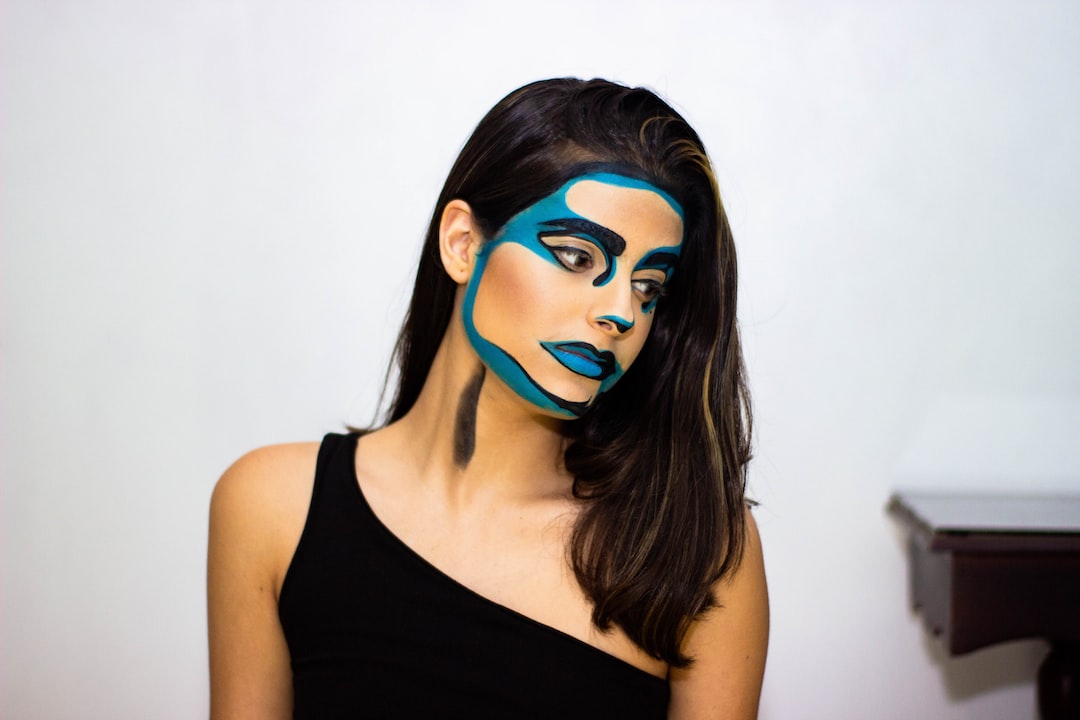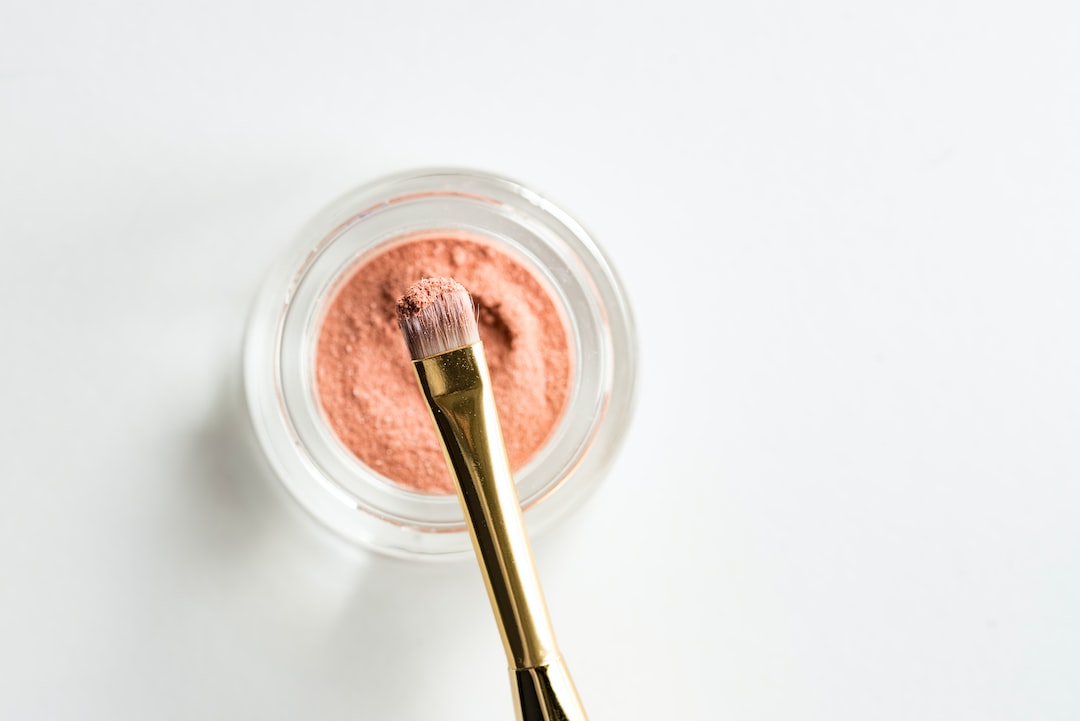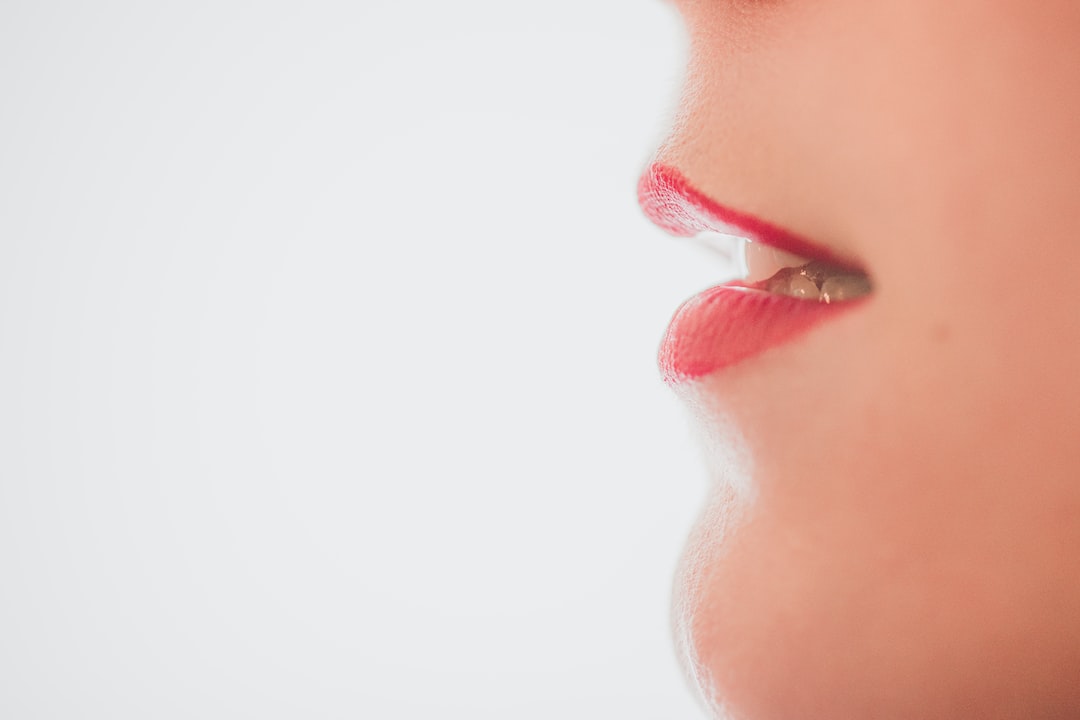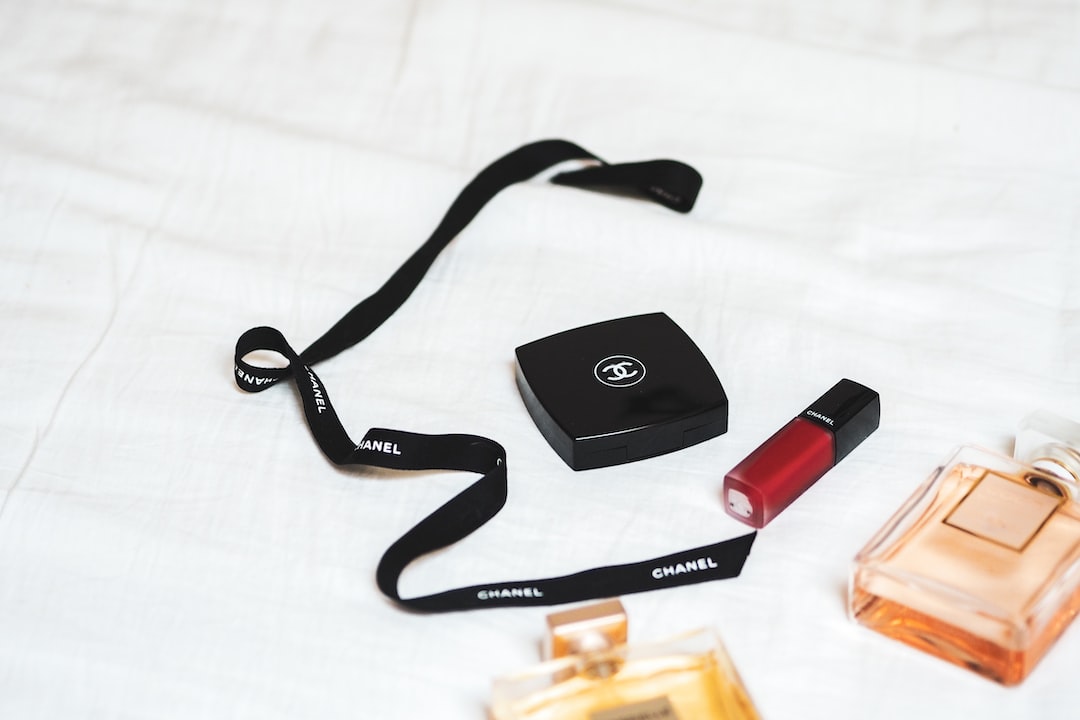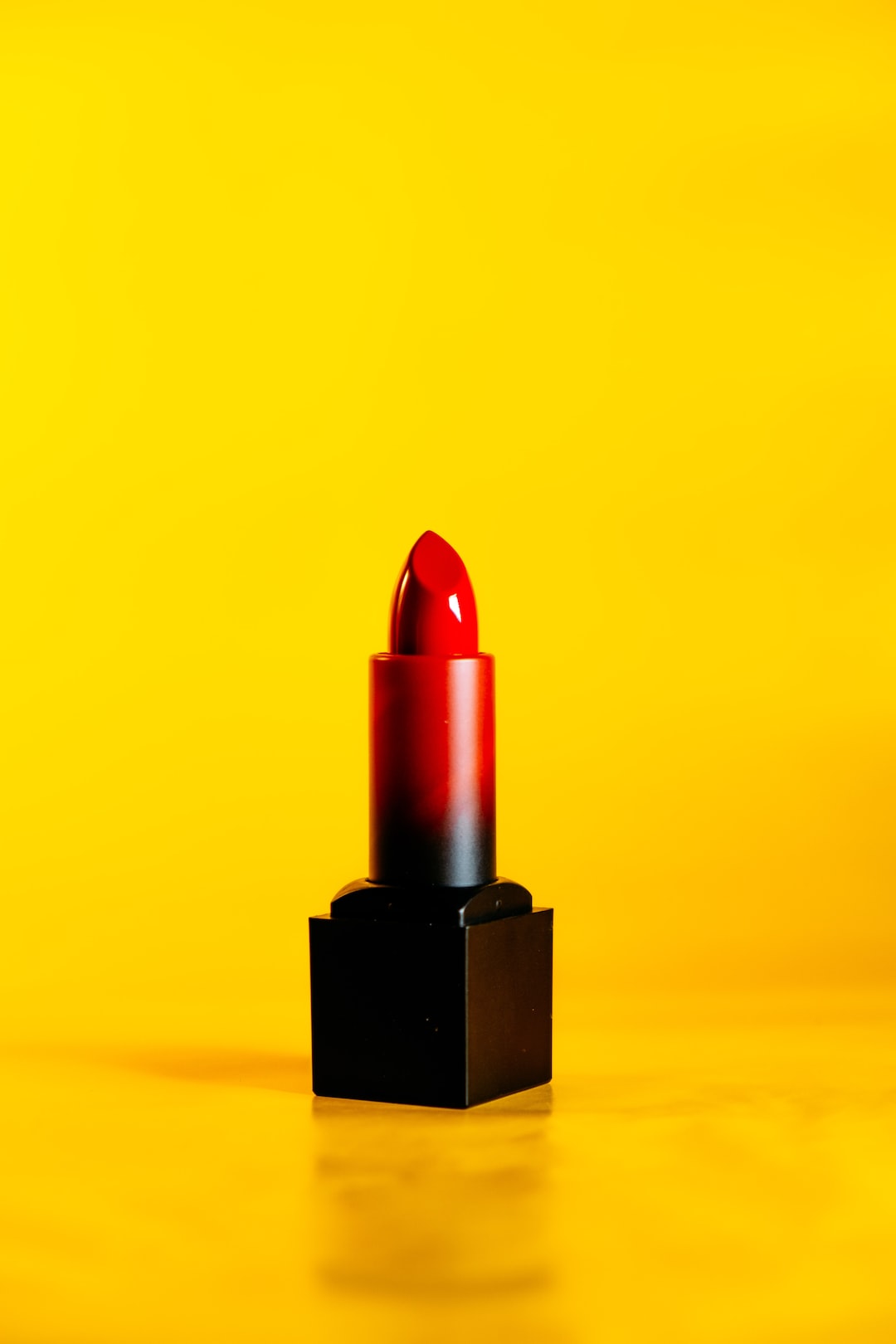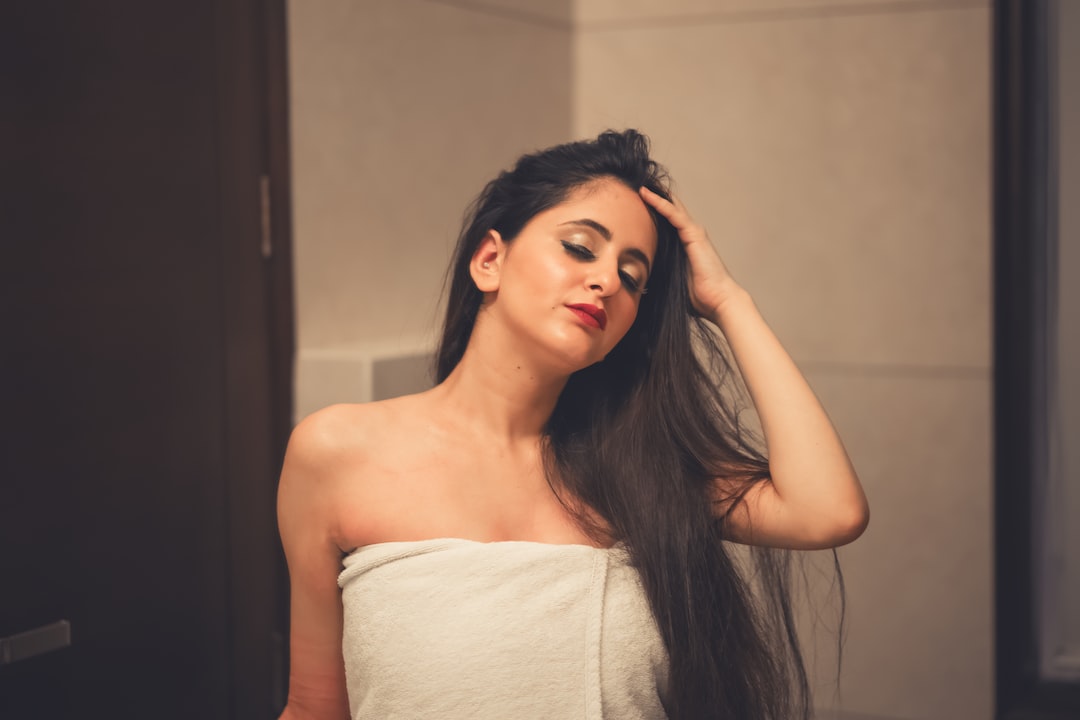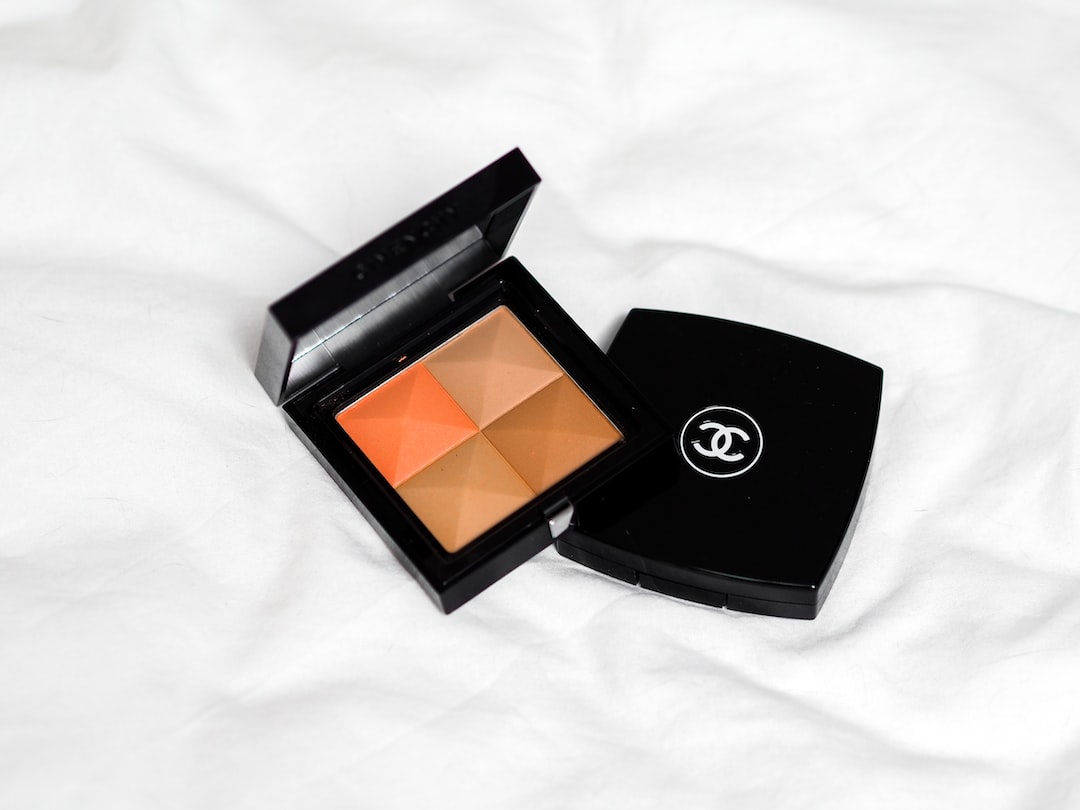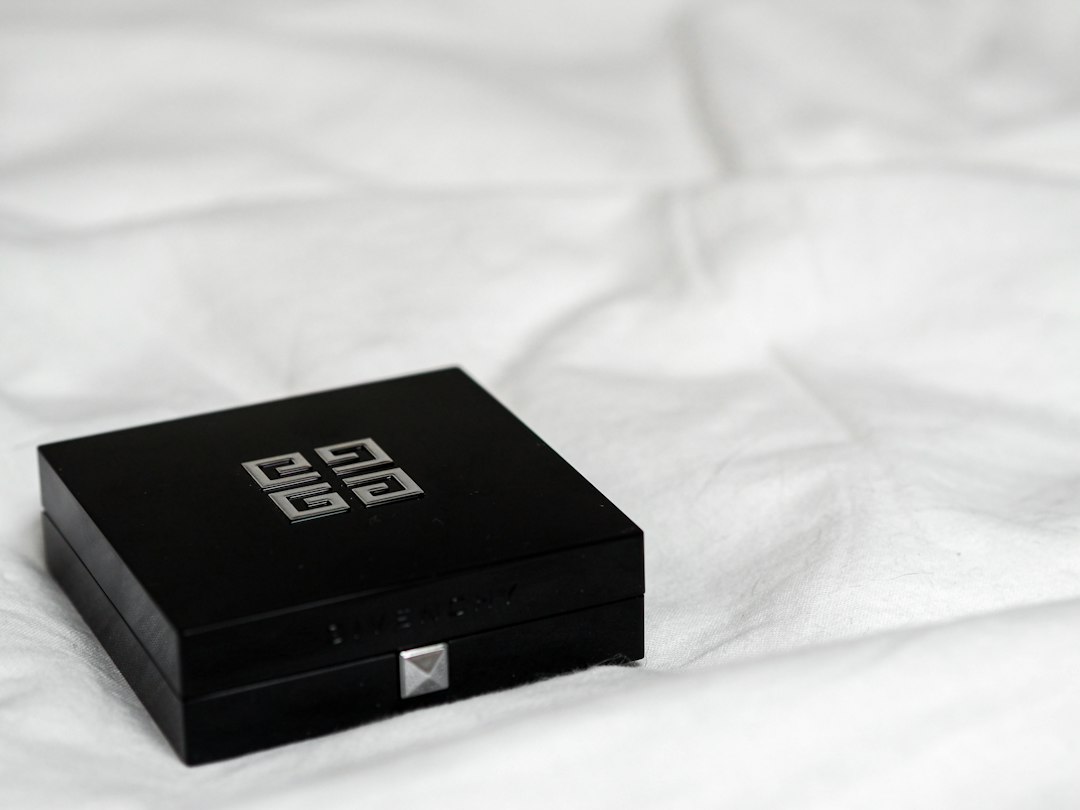Scabs can form after getting microblading, waxing, or any type of eyebrow procedure. Let’s explore how long it takes for eyebrow scabs to fall off and what factors can affect the healing process.
What causes scabs on eyebrows?
Scabs are typically a part of the normal healing process after certain eyebrow treatments. Factors that contribute to scab formation include:
- Microblading
- Waxing
- Threading
- Tweezing
- Scratching or picking at the eyebrows
It is important to avoid scratching or picking at the scabs to prevent infection and promote proper healing.
How long does it take for eyebrow scabs to form?
Scabs usually start to form within a few hours to a day after the eyebrow procedure. The scabs are a natural part of the healing process as the skin repairs itself.
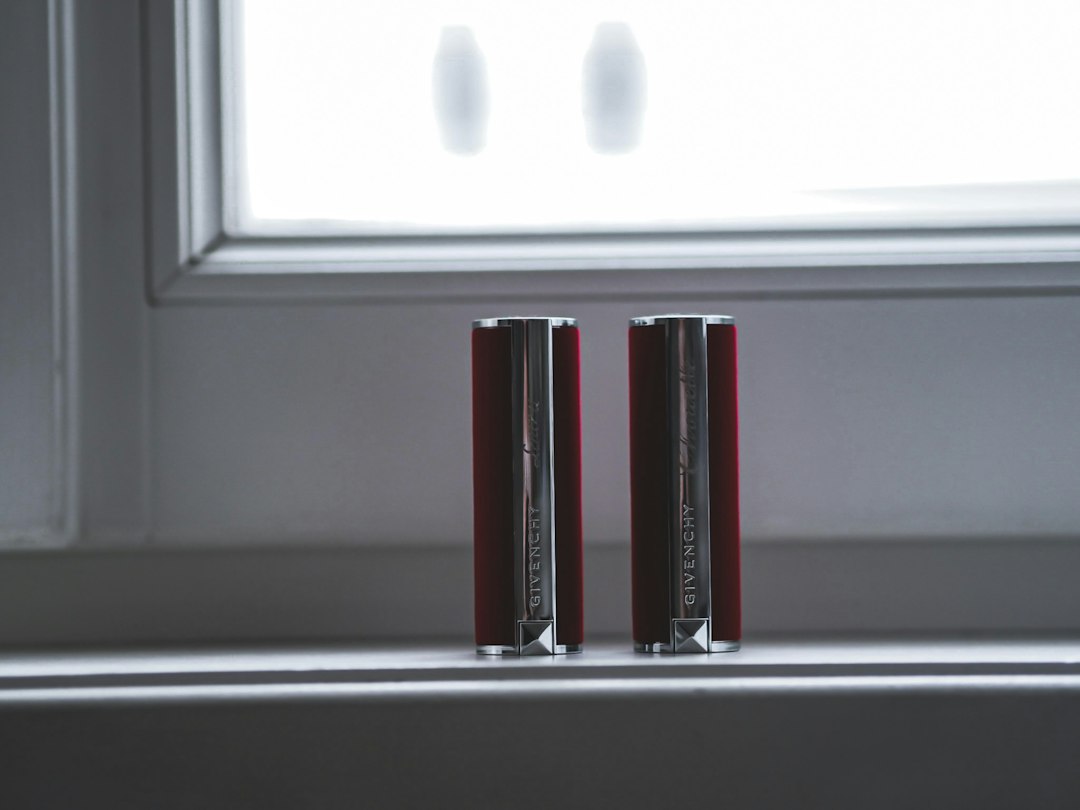
How long does it take for eyebrow scabs to fall off?
The duration for eyebrow scabs to fall off can vary depending on several factors. On average, scabs take around 7 to 14 days to naturally fall off. However, the healing process can be influenced by the following factors:
1. Skin type
Individuals with dry skin may experience slower healing and a longer time for scabs to fall off compared to those with oily skin. Dry skin tends to form thicker scabs that take more time to detach.
2. Aftercare routine
Following the aftercare instructions provided by your eyebrow specialist or technician is crucial for proper healing. This may include avoiding excessive moisture, sunlight, scratching, or applying certain products that can interfere with the healing process.
3. Depth of the procedure
The depth of the eyebrow procedure can also affect the formation and duration of scabs. Deeper procedures may result in thicker scabs, which can take longer to fall off.
4. Individual healing process
Everyone’s healing process is unique, and some individuals may heal faster or slower than others. Factors such as overall health, immune system function, and individual response to the procedure can influence how long scabs take to fall off.
Can you remove eyebrow scabs prematurely?
It is crucial to let the scabs naturally fall off on their own. Removing scabs prematurely can disrupt the healing process, increase the risk of infection, and potentially affect the final outcome of the eyebrow procedure.
If you have concerns about the healing process or notice any signs of infection, it is recommended to consult with your eyebrow specialist or a healthcare professional.
In conclusion, eyebrow scabs usually take around 7 to 14 days to fall off naturally. Factors such as skin type, aftercare routine, depth of the procedure, and individual healing process can affect the duration of scab formation and detachment. It is important to follow the aftercare instructions provided by your specialist and avoid picking or scratching the scabs to promote proper healing and achieve the desired results.

